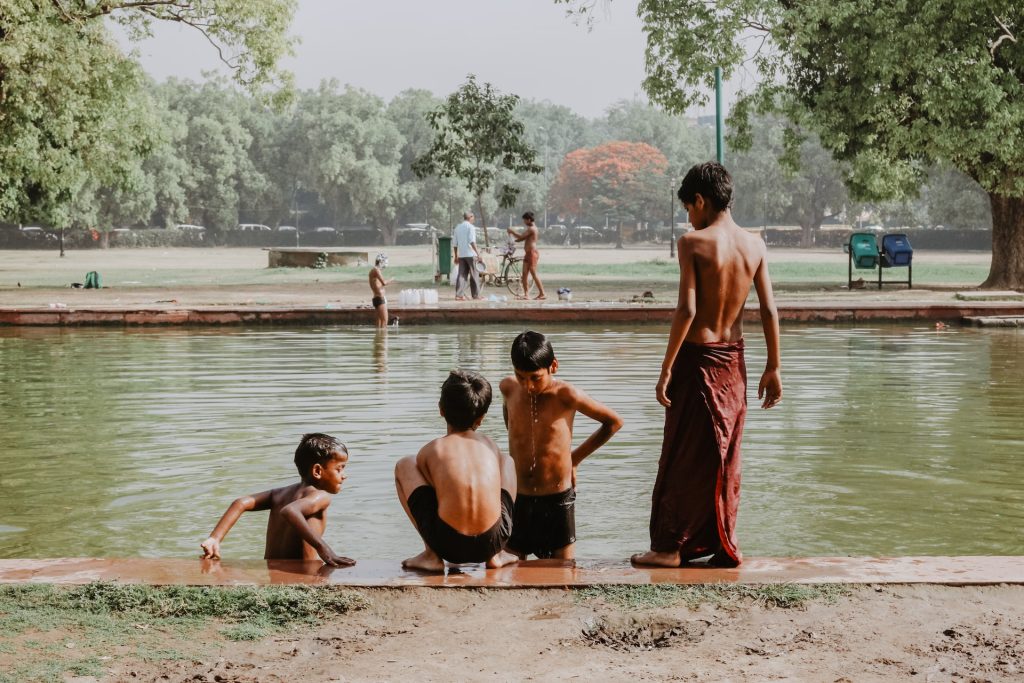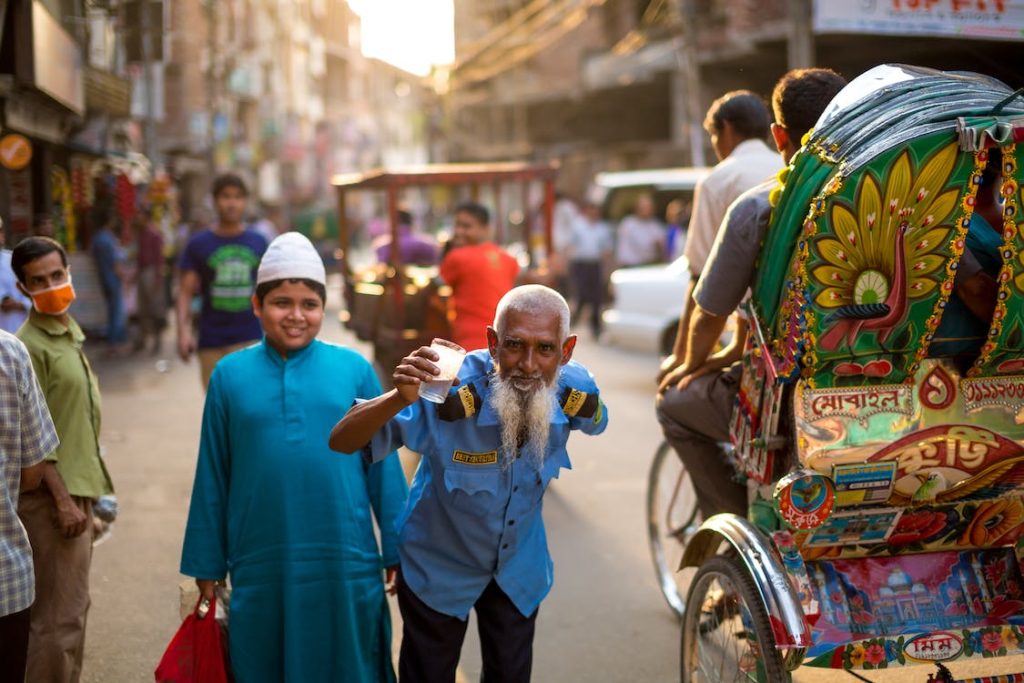Access to water and improved sanitation facilities is a fundamental human right and a critical factor in promoting global health and well-being. The United Nations and the World Health Organization have been tirelessly working towards achieving universal access to these essential resources through various initiatives and goals, such as the Sustainable Development Goals (SDGs).
In this article, we will explore the significance of improved sanitation facilities and drinking-water sources, the challenges faced in their implementation, and the progress made in ensuring equitable access to a safe water supply for all.
Table of Contents
The JMP Ladder for Sanitation
The Joint Monitoring Programme (JMP) ladder is a crucial framework used to categorize sanitation facilities based on their level of safety and hygiene. The ladder classifies facilities into several tiers, ranging from open defecation, unimproved facilities, and shared facilities to improved facilities with proper waste disposal and cleanliness. The goal of the Joint Monitoring Programme ladder is to measure progress in sanitation access and target efforts towards promoting improved facilities to enhance public health and environmental sustainability.
Unsafe Water Sources and Their Devastating Consequences
Shocking statistics reveal that approximately 1.2 million deaths occur each year due to the consumption of unsafe water from contaminated sources. Many communities, particularly in developing countries, rely on untreated or polluted water, leading to the spread of waterborne diseases like cholera, typhoid, and dysentery. The burden of these preventable diseases falls disproportionately on vulnerable populations, including children, the elderly, and those with weakened immune systems.

Understanding Drinking Water Sources
To comprehend the significance of improved drinking-water sources, it is essential to distinguish between improved and unimproved sources. Improved sources include piped water, protected wells, and water purchased from vendors who adhere to proper water treatment standards.
In contrast, unimproved, basic drinking water services consist of surface water from lakes and rivers, unprotected wells, and untreated rainwater. Ensuring access to an improved drinking water source is a pivotal step in reducing waterborne diseases and fostering better public health outcomes.
Monitoring SDG Targets for Sanitation
Central to the issue of a safe water source is safely managed sanitation services. The United Nations’ Sustainable Development Goals (SDGs) encompass ambitious targets to ensure safe and equitable access to sanitation facilities and drinking-water sources for all.
By monitoring and evaluating progress towards these targets, policymakers can identify gaps and implement targeted interventions to bridge them effectively. Governments, non-governmental organizations (NGOs), and international bodies collaborate to track indicators related to sanitation and drinking-water access, enabling a data-driven approach to address global health challenges.
The Disheartening Reality of Inadequate Drinking Water Access
Despite the considerable efforts and progress, a significant portion of the world’s population still lacks access to water. According to the latest data, approximately 785 million people do not have access to improved drinking-water sources. This alarming figure calls for redoubled efforts to fulfill the SDG commitment of providing safe water to every individual, irrespective of their geographical location or socio-economic status.

The Nexus between Income and Access to Improved Water Sources
A critical observation in promoting access to improved water sources is the correlation between income levels and water access. Studies have consistently demonstrated that as household income increases, so does the likelihood of accessing improved water sources. This disparity poses a challenge for marginalized communities and those living in poverty, who are more susceptible to the adverse health effects of unsafe water.
The Struggle of Rural Households in Accessing Clean Water
While access to improved water sources has increased in urban areas, rural households continue to face significant disparities in clean water access. The challenges are multifaceted, including limited infrastructure development, lack of resources, and geographical isolation. Affordable drinking water can sometimes be almost a premium in developing areas.
Furthermore, the vulnerability of rural communities to climate change and natural disasters adds an additional layer of complexity to the issue. Sustainable and inclusive solutions are essential to addressing the water needs of rural populations and uplifting their overall living standards.
Common Questions People Have About Access to Water
1. How do improved sanitation facilities contribute to better public health outcomes?
Improved sanitation facilities prevent the spread of waterborne diseases and reduce the contamination of water sources, leading to improved public health, reduced mortality rates, and enhanced overall well-being.
2. What are some of the major challenges faced in achieving universal access to safe drinking water in developing countries?
Some significant challenges include inadequate infrastructure, limited financial resources, climate change impacts, water scarcity, and political instability, which collectively hinder efforts to provide safe drinking water to all.
3. How does the lack of access to clean water disproportionately affect women and girls in some regions?
In regions where water collection is primarily the responsibility of women and girls, the lack of safe water access puts them at risk of violence, exposes them to waterborne diseases during their journeys, and hampers their opportunities for education and economic empowerment.
4. Are there any innovative technologies being used to improve access to clean water in remote areas?
Yes, various innovative technologies, such as solar-powered water pumps, portable water filtration systems, and rainwater harvesting techniques, are being employed to provide clean water solutions in remote and resource-constrained regions.
5. How can local communities actively participate in promoting access to safe drinking water and improved sanitation facilities?
Local communities can engage in water resource management, participate in the planning and implementation of water projects, raise awareness about the importance of clean water, and adopt water-saving practices to contribute to sustainable water access.
6. What role can multinational corporations play in supporting access to clean water and sanitation in developing countries?
Multinational corporations can contribute by investing in sustainable water projects, partnering with NGOs on water initiatives, adopting responsible water usage practices in their operations, and supporting local communities’ efforts to improve water access.
7. How does climate change impact water availability and quality, and what are the long-term implications for global water access?
Climate change affects water availability through altered precipitation patterns and increased evaporation, leading to droughts and water scarcity. Changes in weather patterns can also impact water quality, making it more difficult to maintain safe drinking water sources. These long-term implications underscore the urgency of addressing climate change and its impact on water resources.

In Summary
Improved sanitation facilities and drinking-water sources are indispensable for human health and the sustainable development of communities worldwide. Progress has been made in increasing access to these vital resources, but substantial challenges remain, particularly in rural areas and low-income communities. To build a healthier and more equitable future, governments, international organizations, and individuals must unite in their efforts to ensure universal access to safe drinking water and improved sanitation facilities.
By prioritizing investments in water infrastructure, implementing sustainable water management practices, and fostering community engagement, we can pave the way towards universal and equitable access to safe drinking water for everyone.


